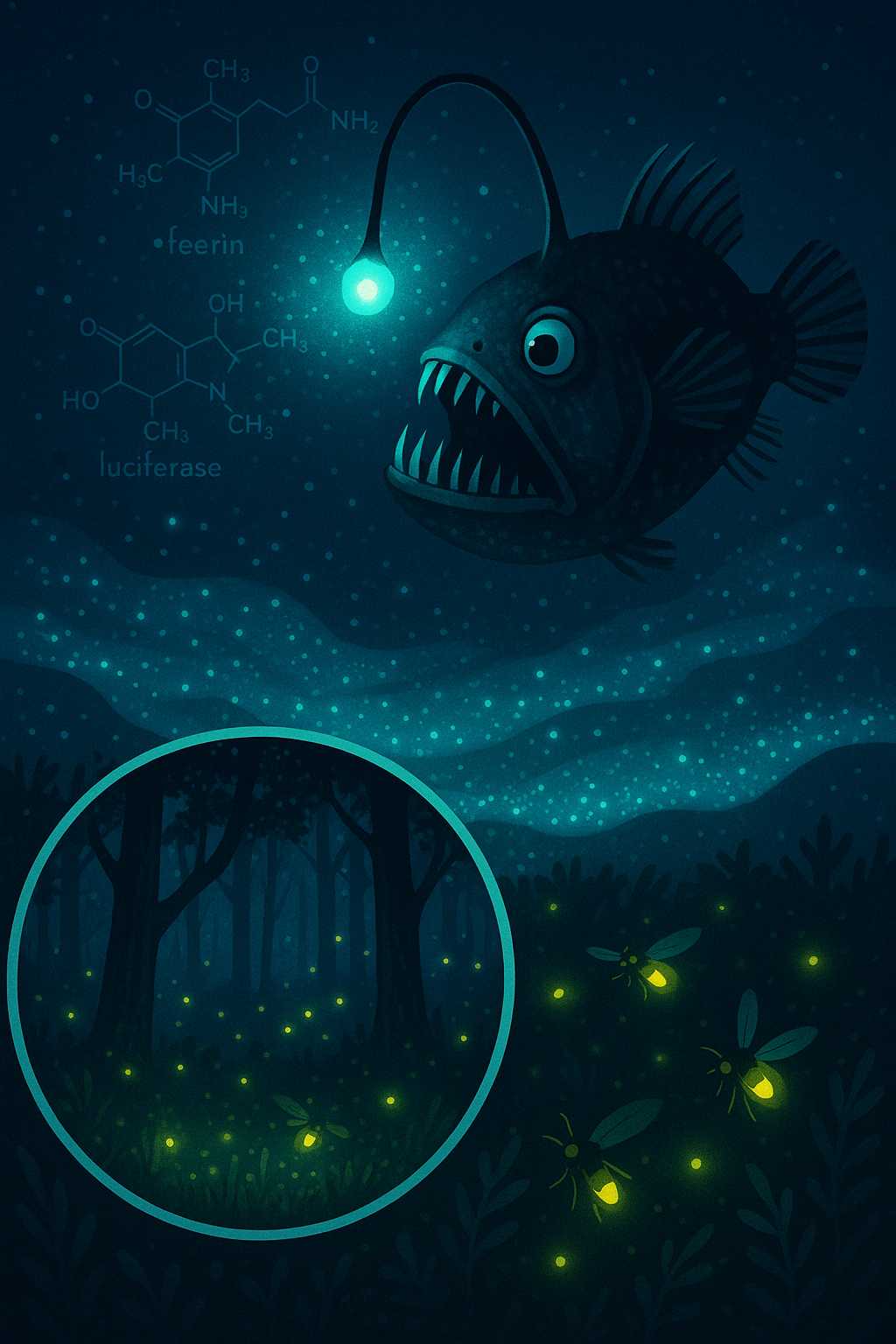Bioluminescence has long captivated scientists and nature enthusiasts alike. From the glowing waves of ocean plankton to the flickering lights of fireflies, the natural phenomenon of organisms emitting light is both beautiful and intriguing. But what exactly is the chemistry and biology behind this glow?
What is Bioluminescence?
Bioluminescence is the production and emission of light by living organisms. Unlike incandescent or fluorescent light bulbs, bioluminescent organisms create light through chemical reactions. This phenomenon is widespread in marine environments, but it also appears on land in creatures like fireflies and some types of fungi.
The Chemistry Behind the Glow
The main chemical players in bioluminescence are luciferin and luciferase. When luciferin (the substrate) reacts in the presence of the enzyme luciferase, oxygen, and sometimes other cofactors like ATP or calcium ions, the reaction produces light and a byproduct called oxyluciferin. The wavelengths—and therefore the color—of the emitted light depend on the chemical structure of luciferin and the environment in which the reaction takes place. Most marine creatures emit blue-green light, which travels farther in water, while fireflies produce yellow-green light more suited for terrestrial communication.
Why Do Organisms Glow?
Bioluminescence serves a variety of purposes in different organisms:
- Attraction: Some species, like fireflies, use bioluminescence to attract mates. Anglerfish use a glowing lure to draw in prey in the dark depths of the ocean.
- Defense: Certain squid and shrimp can eject bioluminescent clouds to confuse predators, while deep-sea organisms may use sudden flashes of light to deter attackers.
- Camouflage: Some marine animals can match the overhead light with their own glow, making them invisible to predators below—a strategy called counter-illumination.
The Future of Bioluminescence
Beyond nature’s own uses, scientists are harnessing bioluminescence in biotechnology. Bioluminescent genes are used in research as biological markers, helping scientists trace processes in cells or monitor environmental toxins.
Bioluminescence remains a vibrant field of research with many mysteries still to solve. Its enchanting allure reminds us of the creativity of evolution and the wonders that still await discovery in the natural world.
—Carl


Leave a Reply